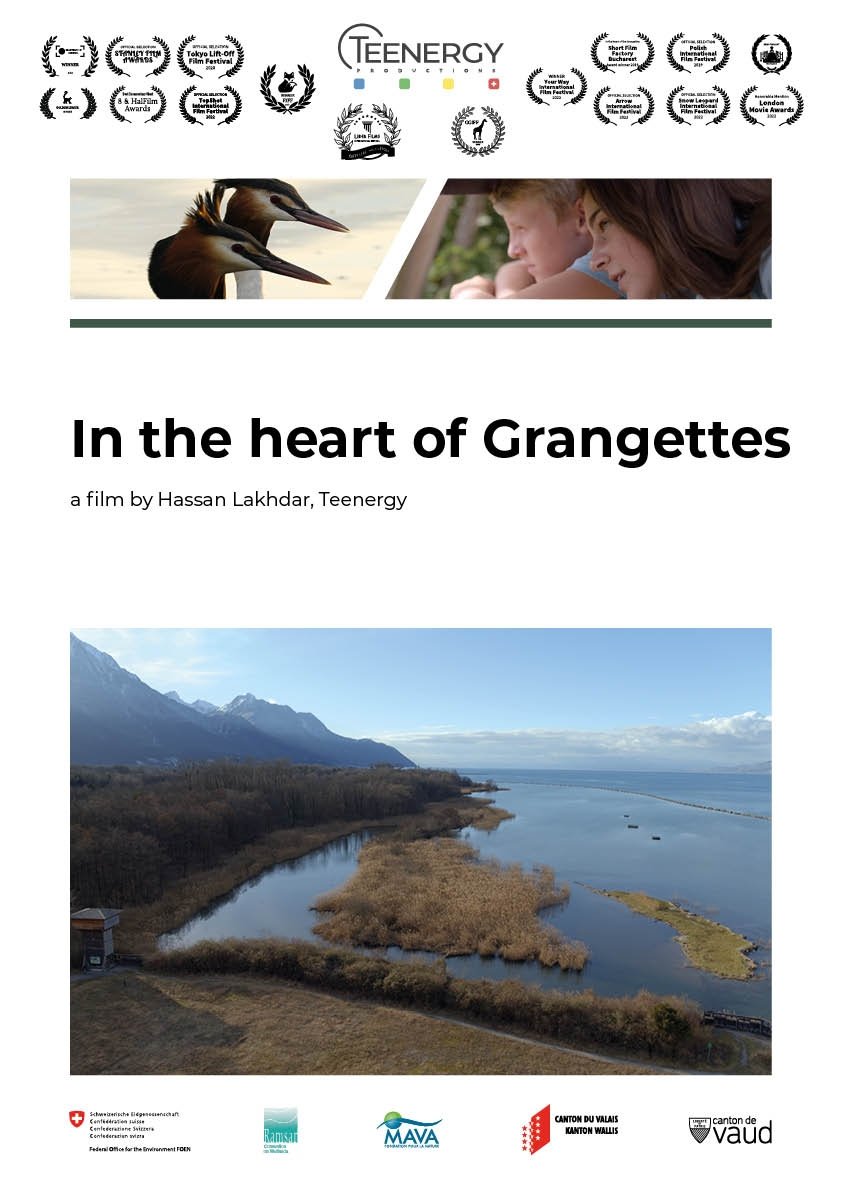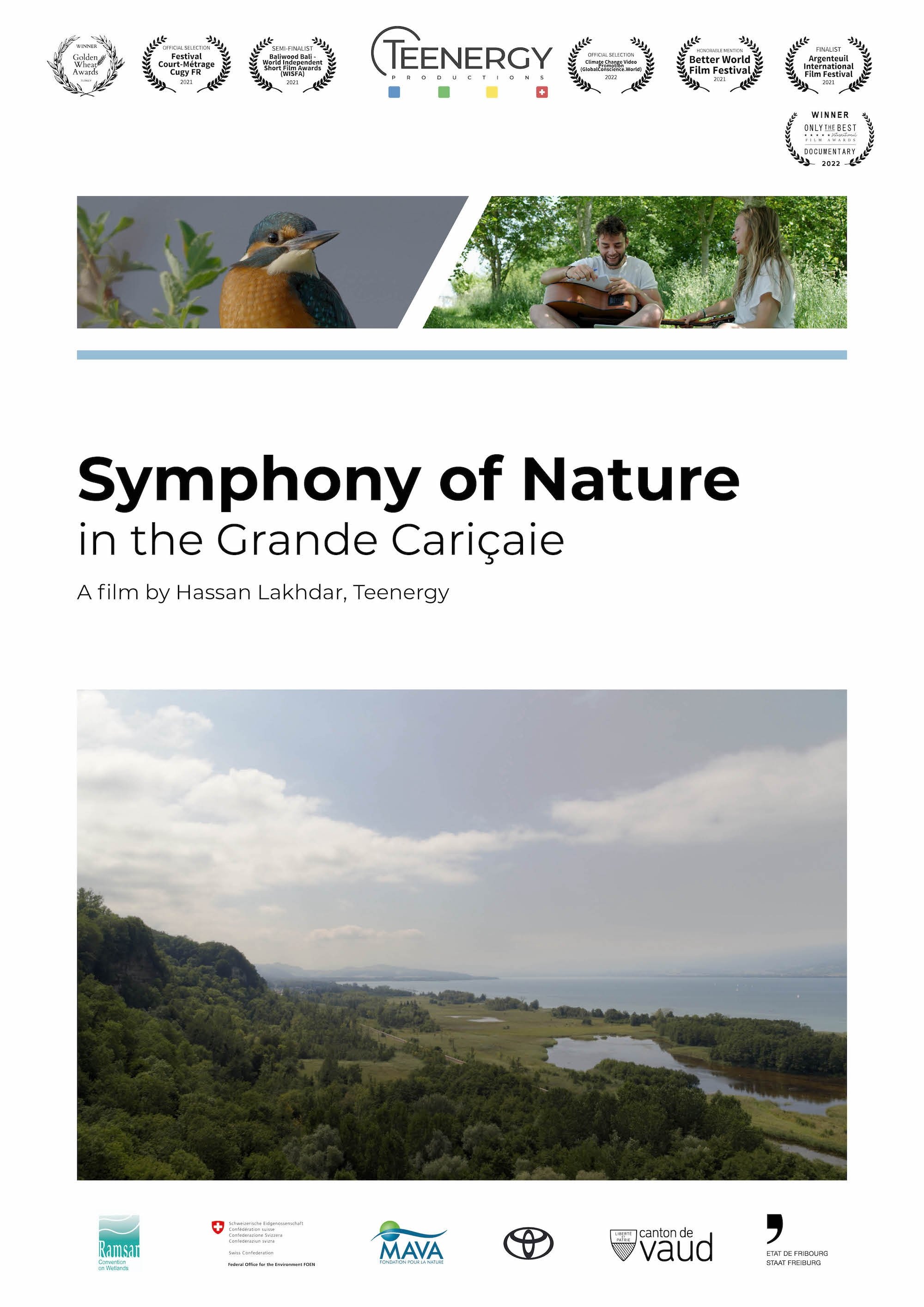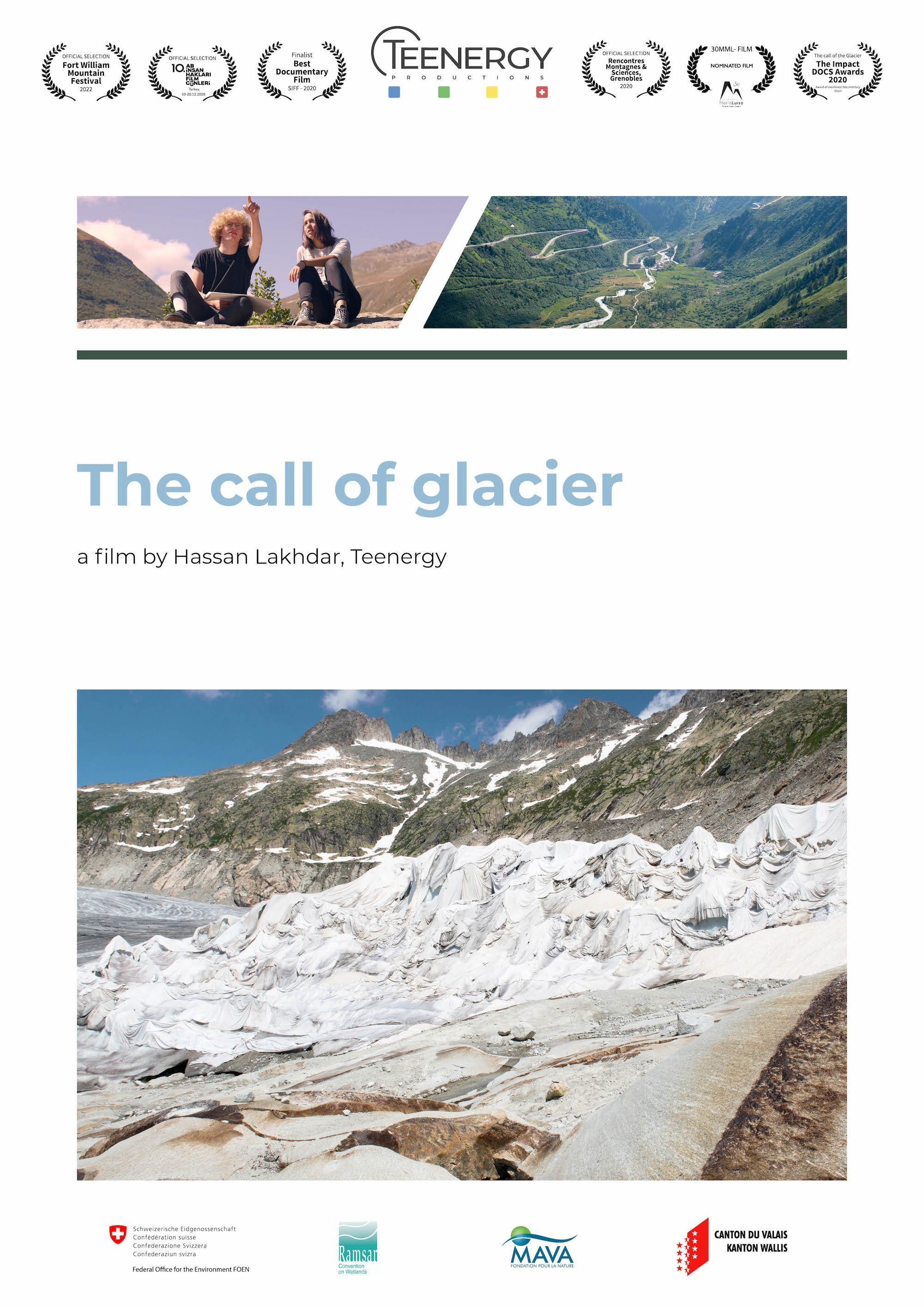Nazca Desert Mystery (2022)
• November 2nd, 2022 • 0h 54min
Documentary
Overview
One of the world’s greatest ancient enigmas, the Nazca lines are a dense network of criss-crossing lines, geometric shapes, and animal figures etched across 200 square miles of Peruvian desert. Who created them and why? Ever since they were discovered in the 1920s, scholars and enthusiasts have raised countless theories about their purpose. Now, archaeologists have discovered hundreds of long-hidden lines and figures as well as evidence of ancient rituals, offering new clues to the origins and motivations behind the giant desert symbols.
Make sure to check your pop-up blocker!!
Trailer
Similar Movies

Out of State
Released on: 2017-11-04
Documentary
Out of State is the unlikely story of native Hawaiians men discovering their native culture as priso...

The Man Who Stopped the Desert
Released on: 2010-06-02
Documentary
As a child in Burkina Faso, Yacouba was sent away from home to study the Qur'an, where he and his cl...

Along Newfoundland's Shores
Released on: 1962-01-01
Documentary
This short documentary includes three vignettes about life off the coast of Newfoundland. In Island ...
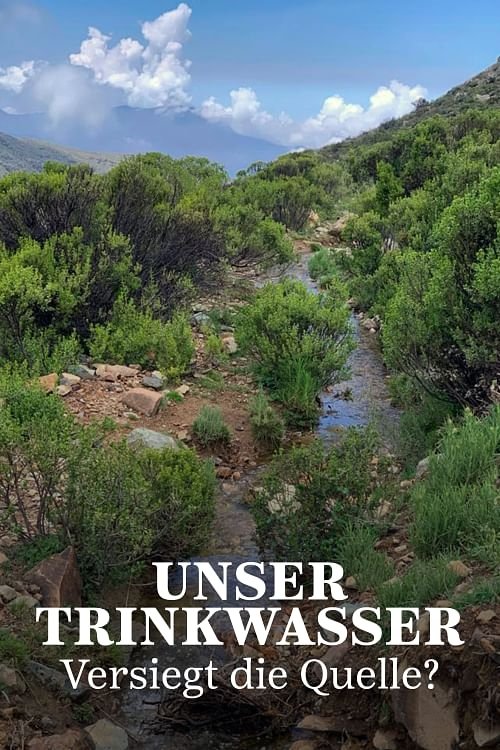
Unser Trinkwasser - Versiegt die Quelle?
Released on: 2021-07-24
Documentary, TV Movie
Our planet is running out of drinking water. Only a vanishingly small proportion of the world's wate...

Beneath the Concrete, The Forest
Released on: 2023-02-16
Documentary
“Beneath the Concrete, The Forest” is a short experimental documentary that takes us inside an ongo...
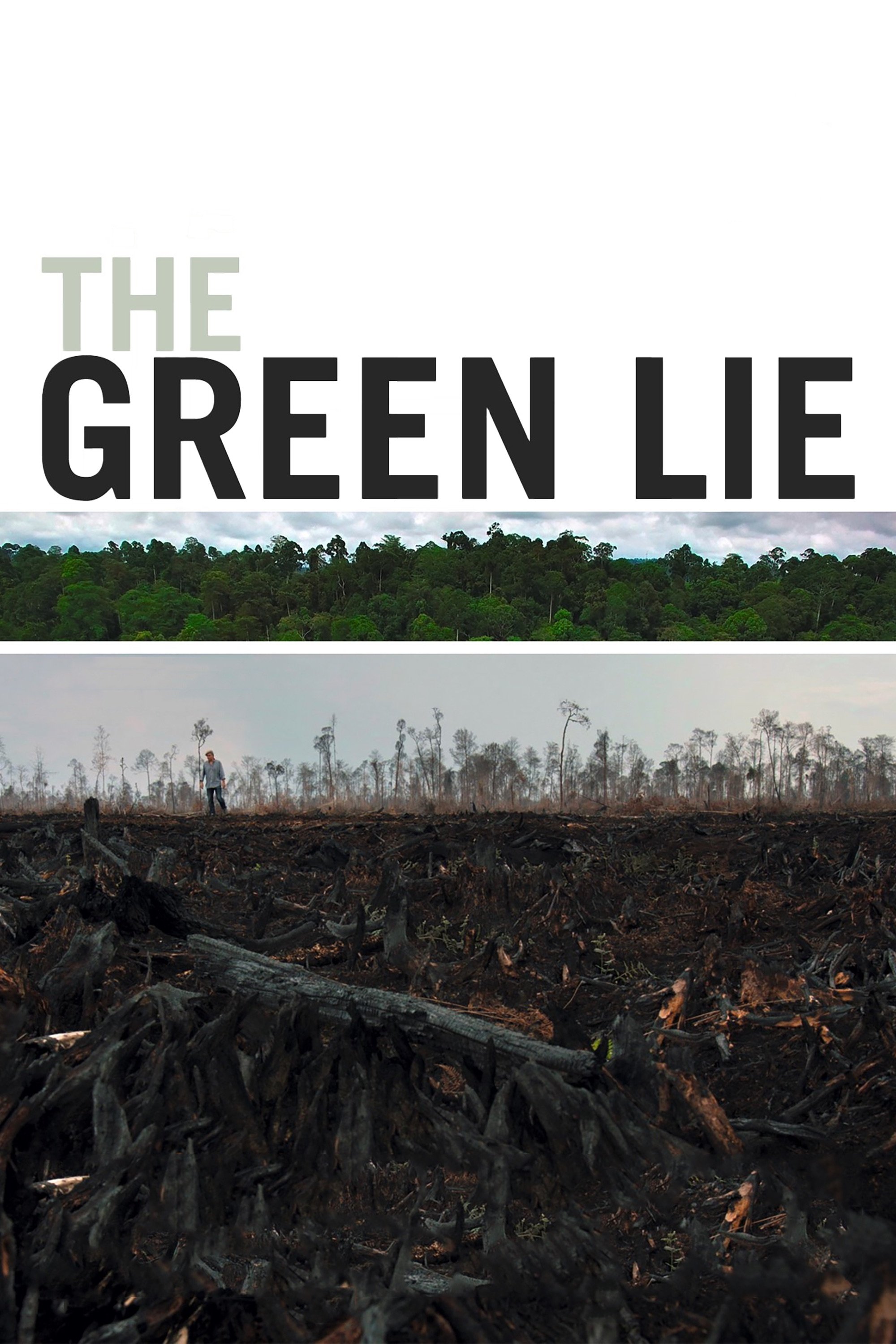
Die grüne Lüge
Released on: 2018-03-09
Documentary
Environmentally friendly electric cars, sustainably produced food products, fair production processe...

How We Forgot to Save the Planet
Released on: 2021-10-19
Comedy, Documentary
Ahead of the COP26 climate change summit taking place in Glasgow, Kieran Hodgson presents this irrev...
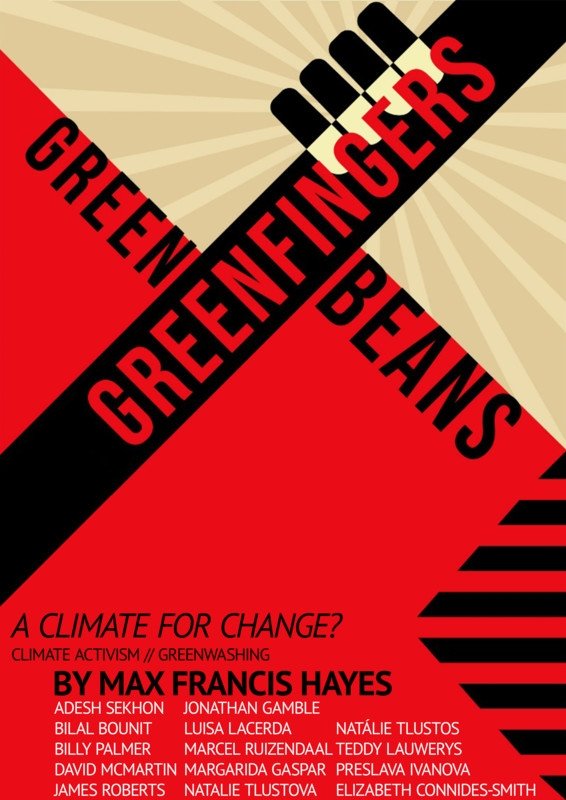
Greenfingers
Released on: 2022-06-28
Documentary
Following fateful scientific reports, protestors pose the argument for a better future against the v...
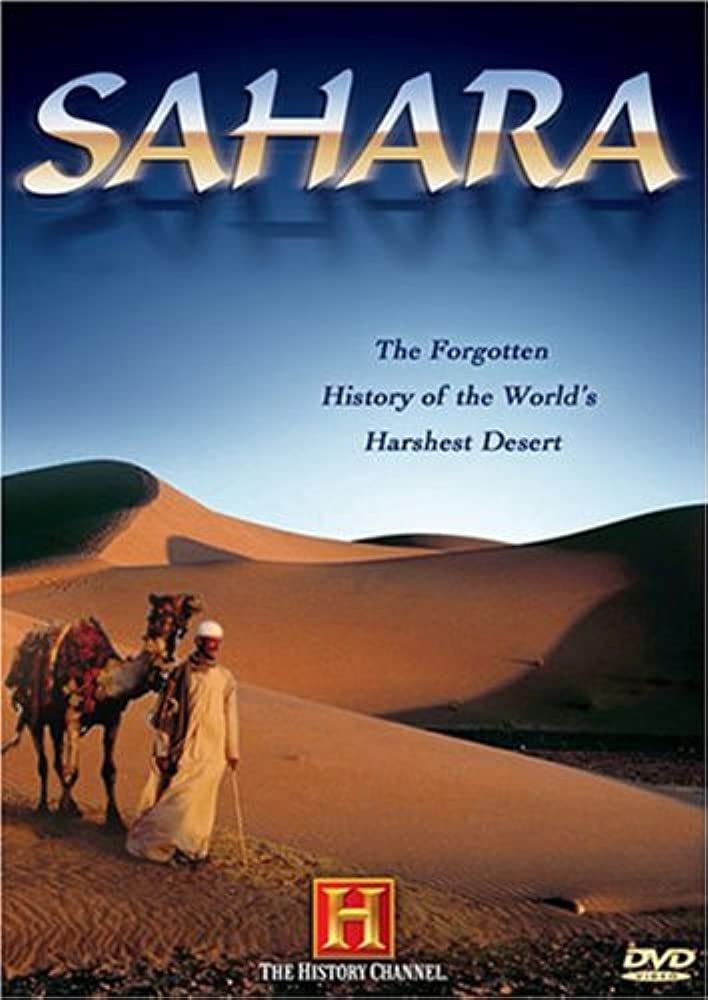
The Sahara: The Forgotten History of the World's Harshest Desert
Released on: 2006-12-19
Documentary
At once a vast expanse of mesmerizing desolation and the crucible of human history, the Sahara Deser...
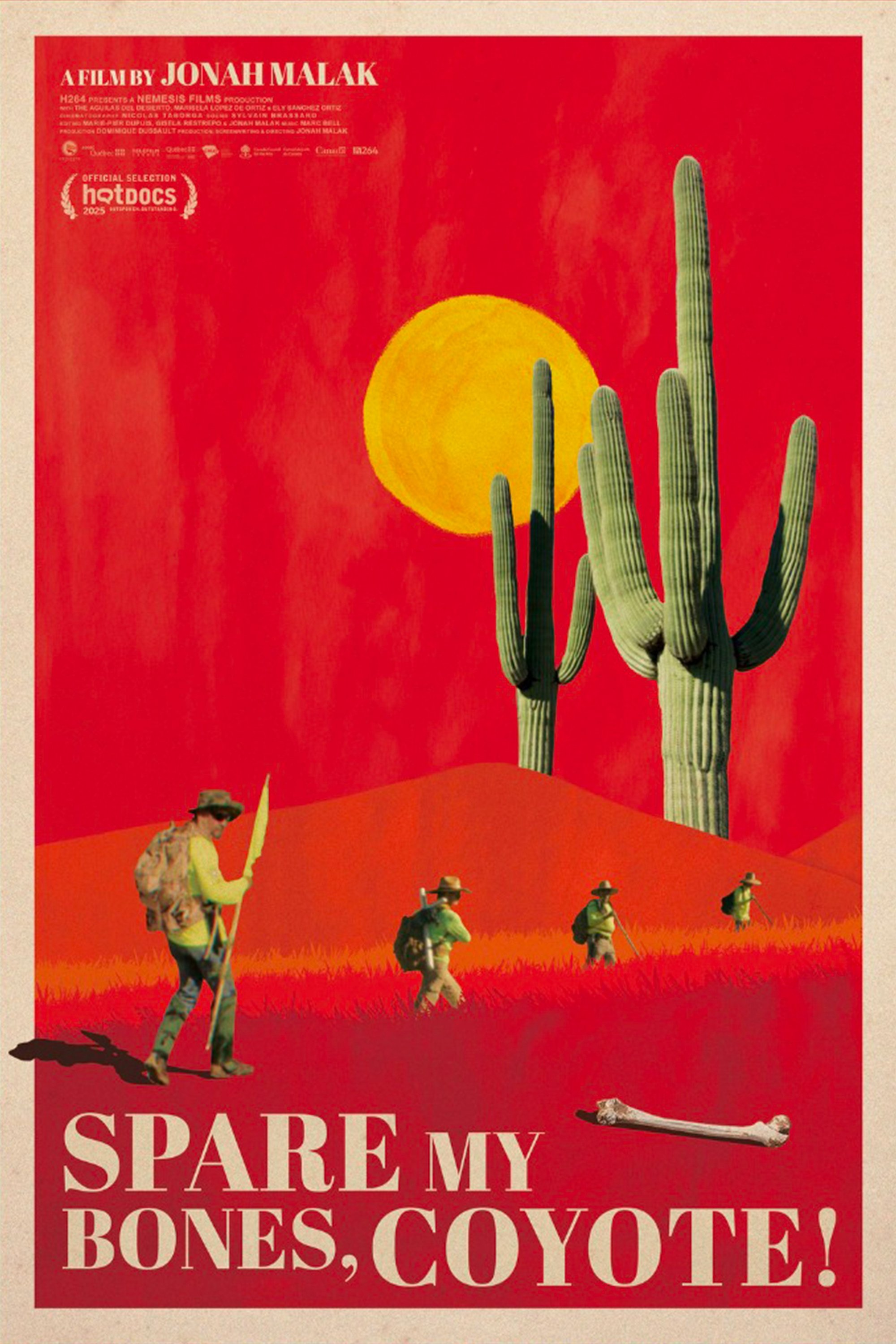
Spare My Bones, Coyote!
Released on: 2026-01-09
Documentary
For the last twelve years, Marisela and Ely, along with the volunteer group The Águilas del Desierto...

Tokio - Die Stadtkultur von morgen
Released on: 2021-07-25
Documentary, TV Movie
Tokyo, the largest city in the world, wants to create a new urban culture. It is returning to the ur...
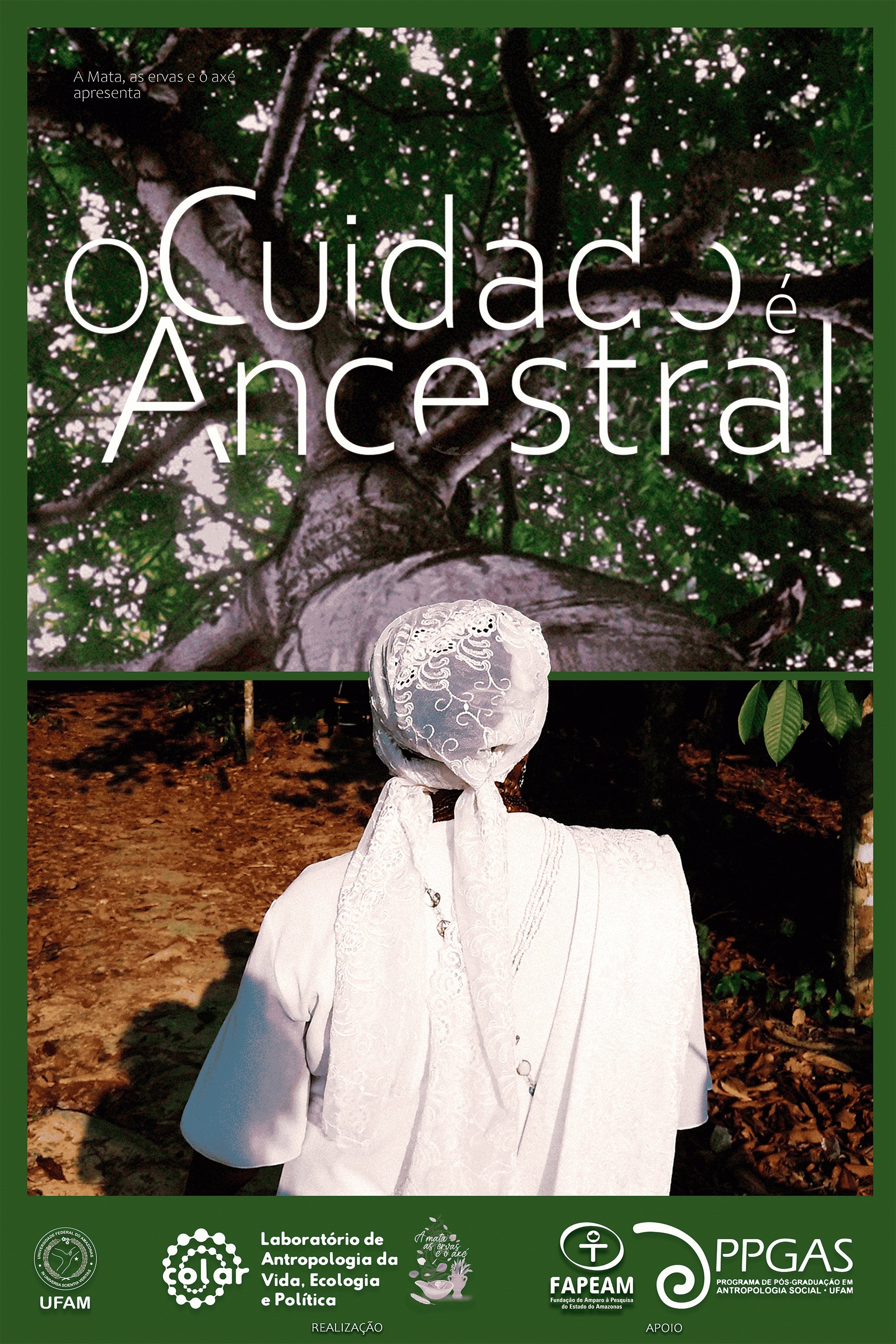
O Cuidado é Ancestral
Released on: 2025-03-21
Documentary
The documentary explores the curative knowledge and resistance by african-rooted religion leaders in...

Nature : pour une réconciliation
Released on: 2025-02-11
Documentary
Combining poetry, science and emotion, this film traces the history of life, from its cosmic origins...

Bad River
Released on: 2024-03-15
Documentary
Wisconsin's tribe's ongoing fight to protect Lake Superior for future generations. "Bad River" shows...

Tucaneira: Wooden Hands
Released on: 2023-10-25
Documentary
“Tucaneira: Wooden Hands” is a captivating mini-documentary that takes us on a fascinating journey t...


